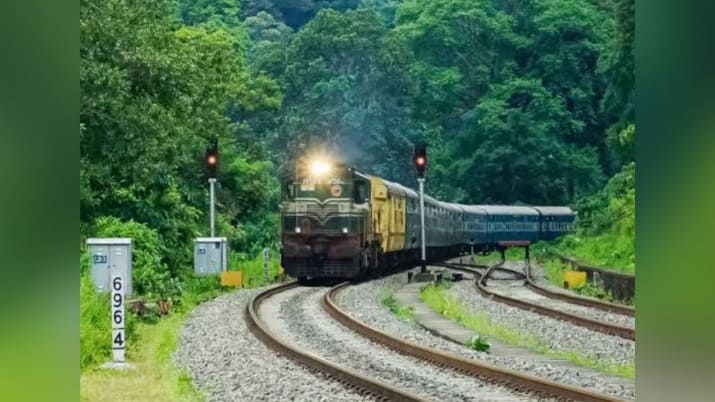Free Courses Sale ends Soon, Get It Now


Free Courses Sale ends Soon, Get It Now



Disclaimer: Copyright infringement not intended.
Context
Details
Broad objectives
Scope of Work
To meet the above objectives, following broad scope of work is envisaged for stations selected under the Amrit Bharat Station scheme:
|
BALLASTLESS TRACK A ballastless track or slab track is a type of railway track infrastructure in which the traditional elastic combination of ties/sleepers and ballast is replaced by a rigid construction of concrete or asphalt. In ballastless tracks, the rails are rigidly fastened to special types of concrete ties/sleepers that are themselves set in concrete. Ballastless tracks therefore offer a high consistency in track geometry, the adjusting of which is not possible after the concreting of the superstructure. Therefore, ballastless tracks must be concreted within a tolerance of 0.5 millimetres (0.0197 in). The elasticity of the ballast in the traditional railway superstructure is replaced by flexibility between either the rails and the concrete ties/sleepers or the ties/sleepers and the concrete or asphalt slab as well inherent elasticity within the conglomerate of the tie/sleeper, whereas the concrete or asphalt slab is usually inelastic. |
https://pib.gov.in/PressReleasePage.aspx?PRID=1886884
© 2024 iasgyan. All right reserved